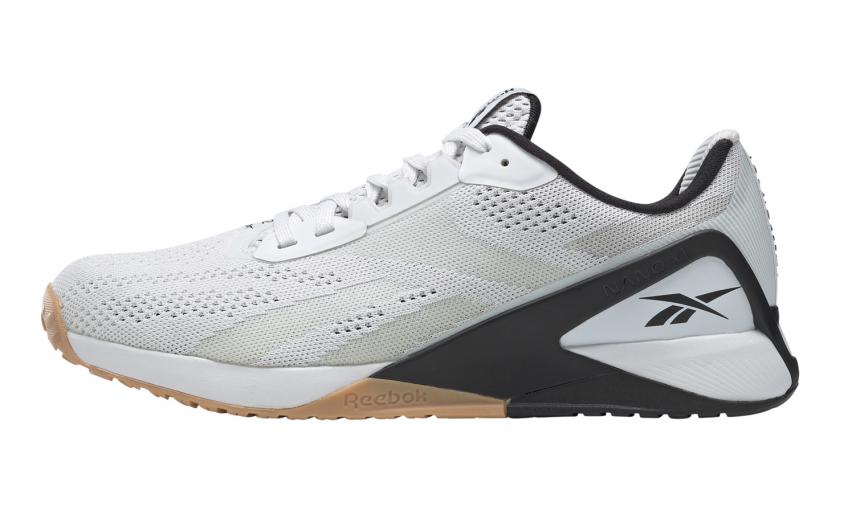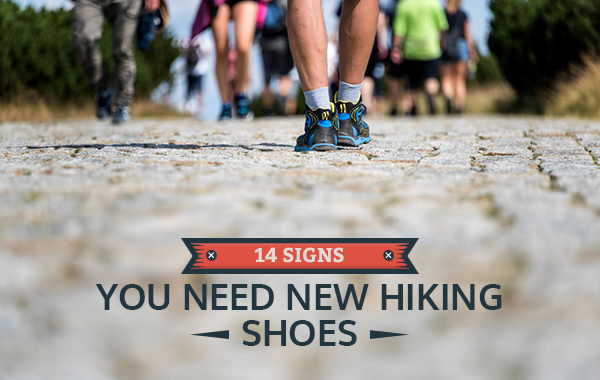
Over 47 million people traveled along one of the 1,100 trails recognized by the American Trails organization in the United States in 2017. Hiking can be a rewarding and exciting extracurricular activity whether you're a novice or a seasoned pro. But it's important to start every journey with the right equipment. A quality hiking shoe is a great place to start.
Hiking shoes provide extra support for long journeys and are durable enough to protect your feet from the elements and the different types of terrain you may encounter along the way. The tread on the bottom of your hiking footwear is specifically designed to prevent slips and falls on the uneven surfaces you'll be navigating in the wild. Brands that specialize in the design and technology of hiking boots are the best bets. Our favorites include Timberland, North Face and Merrell.
Even the best boots need to be replaced periodically. In fact, many hiking injuries can be attributed to shoes that are past their prime, so it's important to know when to replace your old hiking boots. Injury prevention is key to ensuring your outdoor adventure remains as fun as possible. For this reason, we've put together 14 signs that you need a new pair of hiking shoes.
 Appearance
Appearance
Giving your shoe a thorough inspection inside and out before going on a hike is a good way to ensure your hiking footwear is ready for the challenge ahead. General wear and tear are common for any shoe, but hiking boots may be more susceptible to damage or excess dirt and grime due to the terrain and extreme conditions they may be forced to endure. Excess dirt and grime may not seem like much in the larger scheme of things, but it can make your boots stiff and less breathable, reducing overall comfort. As a result, certain aspects of your shoes' appearance may indicate that it's time to invest in a new pair.

![]()
Shoelaces
Frayed or worn out shoelaces are a common occurrence for any shoe used on a regular basis. The constant tugging, pulling, picking and loosening actions will wear them out to the point that they may eventually break. Even though shoelaces can easily be replaced, damaged laces may be an early indication that your boot is starting to age. Plus, consider the fact that it's never fun to be out on the trail with a flat tire -- the biking equivalent of a broken shoelace -- so think about bringing a spare or taking the plunge and shopping for a new pair.
![]()
Leather, Fabric or Synthetic Upper and Stitching
Check the exterior leather, fabric or synthetic upper for any cracks, rips or tears. These defects can impact the structural stability of the hiking boot and cause additional problems down the road. The same can be said for the shoe's stitching. If the stitching on the upper or around the sole is frayed or separated, this is a telltale sign that it's time to invest in a new pair of hiking boots. Faulty stitching can impair the integrity of the boot and affect its waterproofing capabilities.
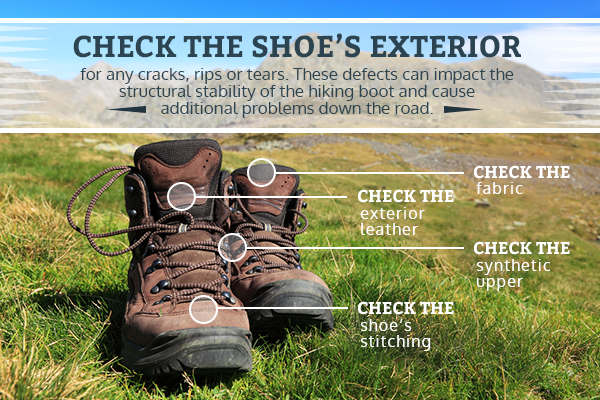
![]()
Eyelets or Lacing Loops
Inspect the eyelets -- a.k.a. the holes where the laces go through the shoe -- and the lacing loops at the upper part of the shoe similar to those found on the Timberland Mt. Maddsen Hiker. If any of them are bent, missing or starting to pull away from the leather, fabric or synthetic upper, it will be really difficult to tighten your shoes properly, which can lead to injury. This can be more problematic when you're dealing with a high-top boot because the ankle support will become less effective over time. If this occurs, it's definitely time to say goodbye to your old hiking shoes.
![]()
Shape
If you examine your hiking footwear closely, you should be able to tell if the shape has changed. Once your hiking shoe starts looking deformed, flatter, lopsided or wider than it used to be, it's time to splurge and buy yourself a new pair. Misshapen hiking boots create a serious stability issue, which can increase your risk for injury and falls.
Ankle Collar
If you own a pair of mid or high-top hiking boots, take some time to examine the ankle collar, also known as the upper part of the boot that wraps around your ankle to provide support. Are there noticeable signs of wear or has it lost its shape and cushioning? You may notice cracks on the exterior.
The synthetic material that covers the inside of your boot may even start to rub away or separate, revealing the material underneath. Taking your boots on or off without untying them can make them more susceptible to shape changes especially around the heal and ankle area. All these are serious signs you need to replace your old hiking shoes.
![]()
Insoles
Insoles, which are usually constructed of EVA foam, are the heart and soul of any quality shoe because they provide needed support and cushioning. Worn-out insoles will make hiking incredibly uncomfortable, especially as the cushioning continues to deteriorate. It's normal for the brand or size markings on the insole to wear away over time, but certain signs should not be ignored.
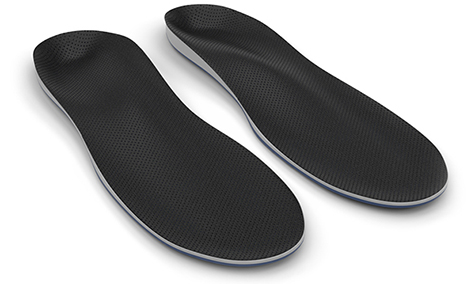
For example, you should be concerned if you start seeing little hairline cracks in the insole, the arch support looks worn or misshapen or the heel pad is worn away to the point that it looks like the material underneath the surface of the original insole is coming through. All these are telltale signs that your old boots need to go. Closely monitoring the condition of the insole is usually a good way to prevent blisters, since worn-out insoles tend to cause increased friction or rubbing.
![]()
Tread
Treadwear is an important consideration for hiking boots. Poor traction can be a major safety issue and increase your risk for falls and slips. Hiking shoes come in a variety of different tread patterns depending on the type of hiking you plan to pursue. A majority of hiking boots on the market today have a moderate to deep tread pattern to provide the best grip and traction for all trail and weather conditions.
Depending on your hiking pattern and body type, it's important to know that your tread wear pattern may appear differently on various parts of your shoe. For example, if you tend to pronate when you walk, you may notice the part of your shoe that runs along the side of your big toe is worn more than the middle or outer part of the sole. Overpronation occurs when the wear pattern is more pronounced around the ball of the foot and into the toes. On the other hand, people who supinate when they walk may find a more drastic wear pattern on the outside or pinky toe side of their shoe. Neutral walkers tend to find even wear on the entire bottom surface.
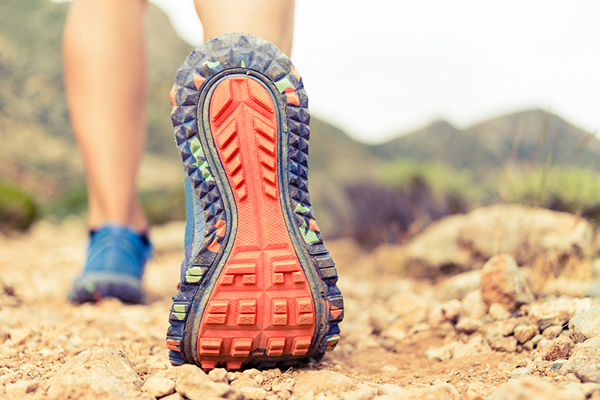
Wear patterns are definitely something to keep in mind when inspecting the tread on your hiking shoes. Take the time to inspect the entire bottom of the shoe closely, just like you would the tire of your car. If the tread on the bottom of your shoe is smooth or isn't as defined as it used to be, this is a sure sign that's it's time to buy a new pair of hiking shoes.
Midsole
The midsole is an important component of any hiking shoe because it plays a major role in overall shoe comfort. The midsole includes the cushioning that absorbs the impact on all your joints, such as your feet, ankles, knees and hips. Think of this part of the shoe as the visible clear air pocket that extended from the heel to the middle of the shoe in some of the early Nike Air editions.
Hiking boots, like all shoes, tend to lose this layer of cushioning after extended use and may eventually crack or break apart due to compression lines that develop over time. Ultimately, this makes the shoe very uncomfortable and may be a safety hazard because the tread can separate from the midsole and cause you to take a nasty spill. Midsole defects are a red flag that you need new hiking shoes. The press test is used to determine whether the midsole is still intact or compressed beyond repair.
![]()
Press Test
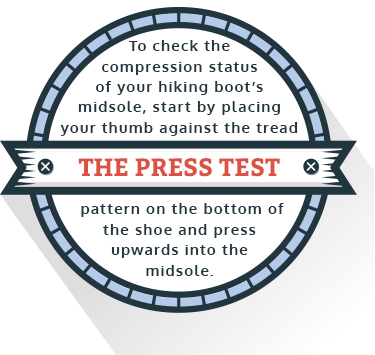 The press test is an easy and cost-effective way to determine if the midsole or cushioning in your hiking boot is compromised. Over time, the midsole will become thinner and eventually provide very little support. To check the compression status of your hiking boot's midsole, start by placing your thumb against the tread pattern on the bottom of the shoe and press upwards into the midsole.
The press test is an easy and cost-effective way to determine if the midsole or cushioning in your hiking boot is compromised. Over time, the midsole will become thinner and eventually provide very little support. To check the compression status of your hiking boot's midsole, start by placing your thumb against the tread pattern on the bottom of the shoe and press upwards into the midsole.
Check along the side of the shoe for compression lines. If the lines are heavy or there is little rebound left in the shoe, it's time for a replacement. A new hiking boot should not have any visible compression lines, or they may be very faint.
![]()
Comfort
Foot comfort is a major consideration for any hiker. If your hiking boots are in good repair, you should be able to complete your journey without issue. However, if they don't feel as comfortable as they used, to it may be time to get a new pair. Let's face it: Breaking in a new pair of hiking boots isn't always fun, but some common ailments that indicate your hiking footwear is in need of an upgrade include:
- Unexpected aches and pains in your ankles, back, feet, hips, knees or legs
- Blistering or skin chaffing that occurs in unexpected locations
If the sole is worn out, you may experience some increased discomfort when walking over certain types of terrain that were never an issue before. Shoe discomfort is one of the most common reasons people decide to upgrade their hiking footwear.
![]()
Mileage Considerations
Some shoe manufacturers recommend consumers replace their hiking boots every three to six months or every 350 to 500 miles depending on usage. This milestone may be accurate, depending on the type of hiking a person enjoys and the conditions in which the boots were used. However, this time frame may vary with a few factors.
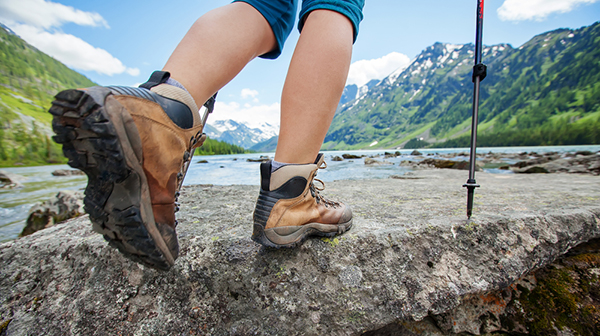
The biggest factor to consider when it comes to boot longevity is the type of terrain you are using them on. Trail walking is a lot more forgiving than pavement, so keep that in mind. Are your boots constantly getting wet or exposed to adverse weather conditions? This can dramatically impact the lifespan of the boot.
Finally, the amount and weight of your gear are very important to consider as well because excess weight puts increased pressure on the midsole, which can cause it to break down faster. Just know that the mileage and time frame considerations are a good general rule, but it's also fair to consider the other suggestions mentioned here when it comes to deciding when it's time to get new hiking boots.
![]()
Waterproofing
Waterproofing features, such as those found on the Merrell Moab 2 WP, are popular among most hiking enthusiasts. If your hiking boots start leaking or don't seem to be as watertight as they used to be, it's possible the integrity of the shoe has been compromised. Most shoe manufacturers offer a limited waterproofing warranty, so it's not uncommon for this to fail over time.
If the shoe is still in good shape, you do have the option of buying a waterproofing spray that you can apply to extend the life of your shoes, but this is only a temporary fix. Keep in mind that if your hiking shoes continue to take on water, it's definitely time to start shopping for a new pair.
![]()
Comparison Testing
One of the best ways to determine if you need new hiking shoes is to try on a new pair. Comparing your old hiking boots to a new pair in the same style or even trying on a different brand is a great way to evaluate overall comfort and support. If you find the new pair feels a lot better than your old pair, it may be time to trade up.
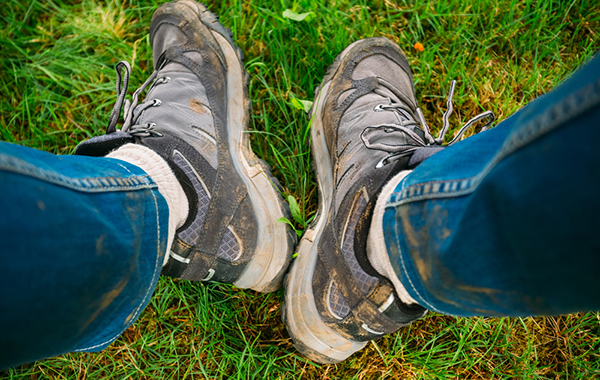
Final Thoughts
Comfortable hiking boots are an essential component to any outdoor enthusiast's arsenal. Whether you're an avid hiker or a novice just getting your feet wet, it's important to recognize the right time to upgrade your old hiking boots. Knowing when to replace your old hiking boots can save you a lot of unnecessary pain and anguish in the future. As we all know, nothing lasts forever, so it's inevitable that you're going to have to part with your old pair of hiking boots sometime. Thankfully, there are a variety of different styles available for men, women and children at various price points to fit every budget.

